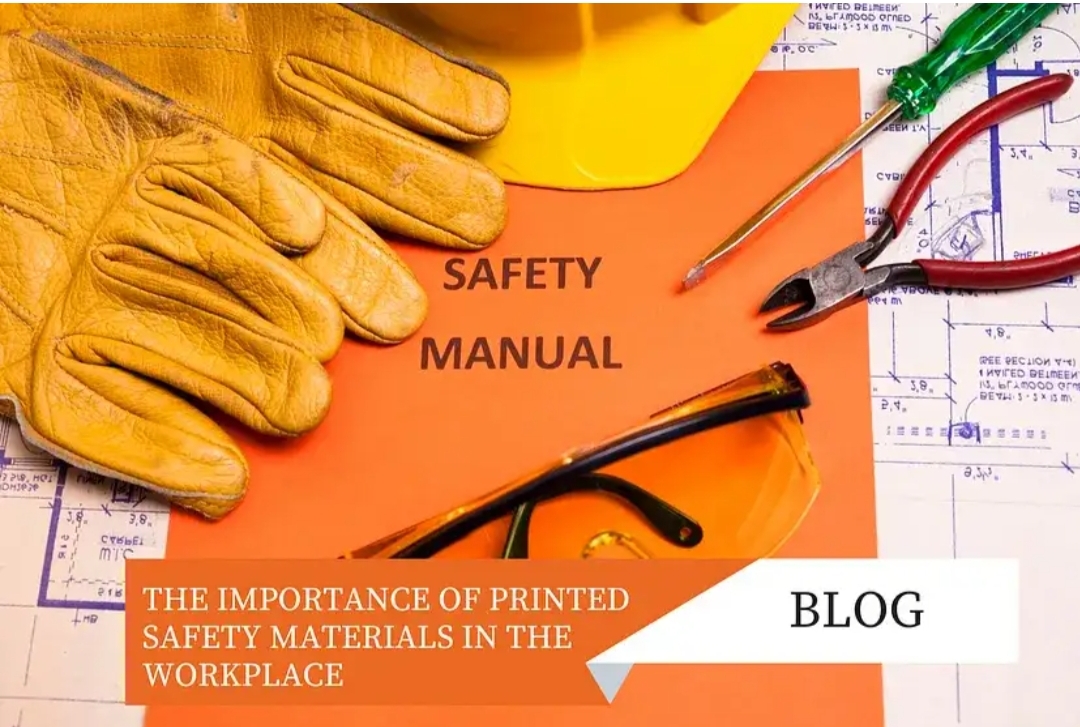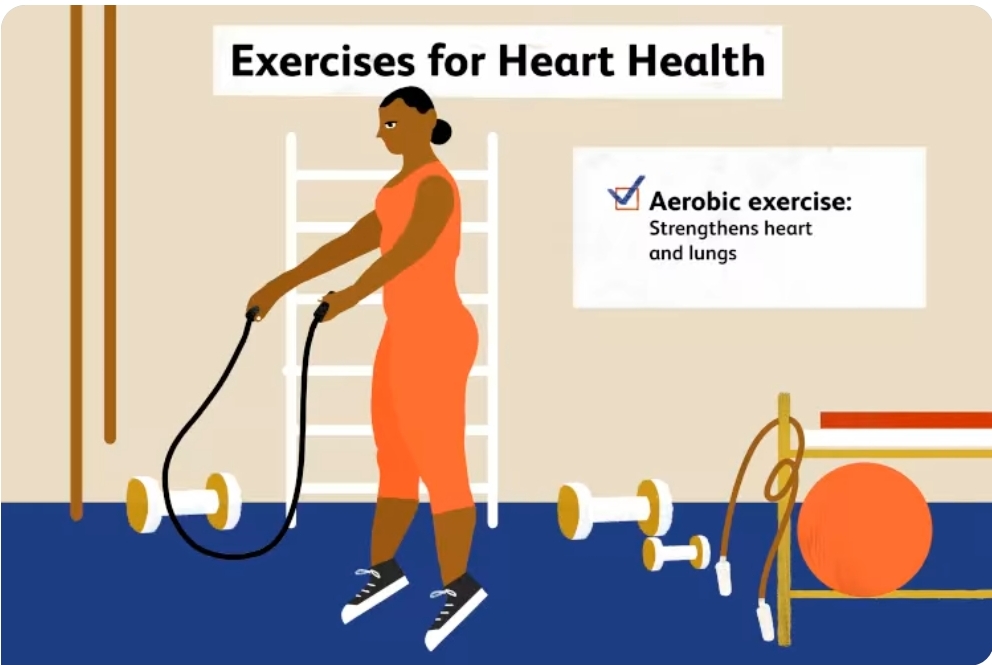In today’s fast-paced and ever-changing work environment, ensuring the safety and well-being of employees is paramount. Occupational Health & Safety (OH&S) printing plays a critical role in promoting workplace safety by providing employees with vital information and instructions on how to prevent accidents and injuries. By utilizing safety printing materials, organizations can effectively communicate safety protocols, procedures, and regulations to their workforce, ultimately creating a safer working environment for all.
Understanding Occupational Health & Safety (OH&S)
Occupational Health & Safety, commonly referred to as OH&S, is a multidisciplinary field focused on ensuring the health, safety, and welfare of individuals in the workplace. The primary goal of OH&S is to prevent work-related accidents, injuries, and illnesses by identifying and mitigating potential hazards in the work environment. OH&S regulations and standards vary by industry and jurisdiction, but they generally require employers to provide a safe working environment, conduct risk assessments, and implement control measures to protect employees from harm.
Role of Safety Printing in Promoting Workplace Safety
Safety printing plays a crucial role in promoting workplace safety by providing employees with essential information on potential hazards, safety protocols, emergency procedures, and regulatory requirements. Safety printing materials, such as safety signs, labels, posters, and manuals, help to raise awareness of safety risks and educate employees on how to prevent accidents and injuries in the workplace. By strategically placing safety printing materials in key locations throughout the workplace, organizations can effectively communicate safety messages and promote a culture of safety among employees.
Examples of Effective Safety Printing Materials
There are a wide variety of safety printing materials that organizations can use to promote workplace safety, including:
- Safety Signs: Safety signs are visual indicators that convey important safety information, such as warning signs, prohibitory signs, and mandatory signs. These signs help to alert employees to potential hazards, direct them to safety exits, and remind them to wear personal protective equipment.
- Safety Labels: Safety labels are adhesive labels that are affixed to equipment, machinery, and containers to provide information about potential hazards, safe handling procedures, and regulatory requirements. These labels help to prevent accidents and injuries by clearly communicating important safety messages to employees.
- Safety Posters: Safety posters are informative posters that display key safety messages, tips, and guidelines for preventing accidents and injuries in the workplace. These posters can be displayed in break rooms, common areas, and high-traffic areas to remind employees of the importance of workplace safety.
Benefits of Utilizing Safety Printing in the Workplace
Implementing safety printing in the workplace offers a wide range of benefits, including:
Reduction in workplace accidents and injuries: By providing employees with clear and concise safety information through safety printing materials, organizations can reduce the risk of accidents and injuries in the workplace. Employees who are aware of potential hazards and safety procedures are more likely to take precautions to prevent accidents.
Improved employee awareness and knowledge of safety measures: Safety printing materials help to raise awareness of safety risks and educate employees on how to protect themselves from harm. By regularly reinforcing safety messages through safety printing materials, organizations can improve employee knowledge of safety measures and promote a culture of safety in the workplace.
Compliance with OH&S regulations and standards: Safety printing materials help organizations to comply with OH&S regulations and standards by providing employees with essential information on safety protocols, procedures, and regulatory requirements. By ensuring that safety printing materials are up-to-date and easily accessible, organizations can demonstrate their commitment to workplace safety and regulatory compliance.
Strategies for Implementing Safety Printing in Your Workplace
To effectively implement safety printing in your workplace, consider the following strategies:
- Conduct a workplace safety assessment to identify potential hazards and safety risks in the work environment.
- Develop a comprehensive safety printing plan that outlines the types of safety printing materials needed, their placement, and their content.
- Consistently communicate safety messages to employees through safety signs, labels, posters, and other safety printing materials.
- Train employees on how to recognise safety signs, follow safety procedures, and use safety equipment effectively.
- Regularly review and update safety printing materials to ensure that they reflect the latest safety regulations and standards.
Conclusion
In conclusion, promoting workplace safety through occupational health & safety printing is essential for creating a safe and healthy work environment for employees. By utilizing safety printing materials, organizations can effectively communicate safety messages, raise awareness of potential hazards, and educate employees on how to prevent accidents and injuries. Implementing safety printing in the workplace offers a range of benefits, including reducing workplace accidents, improving employee awareness of safety measures, and ensuring compliance with OH&S regulations and standards.
By following the strategies outlined in this article, organizations can enhance workplace safety and foster a culture of safety among employees.


